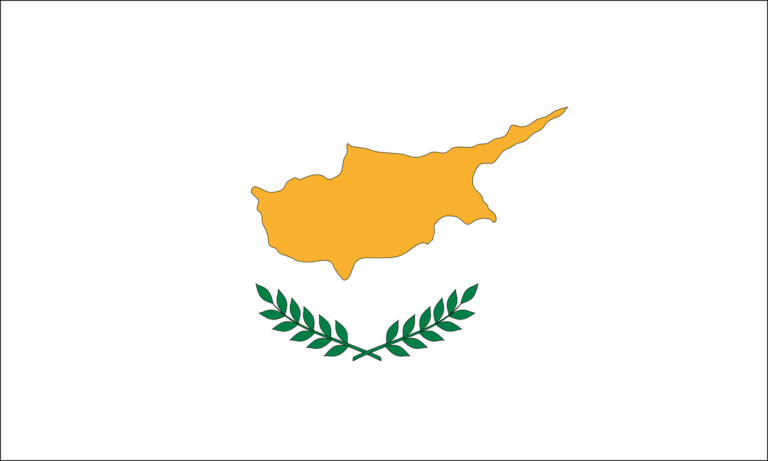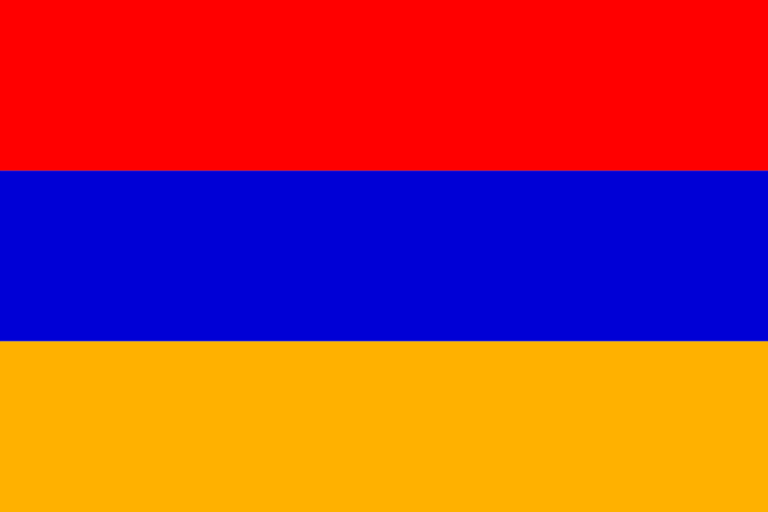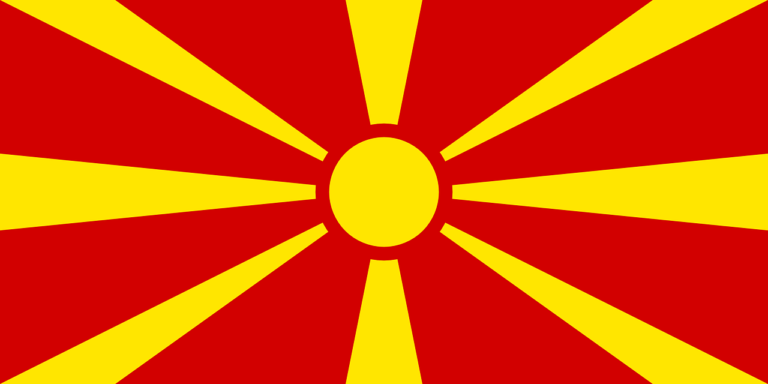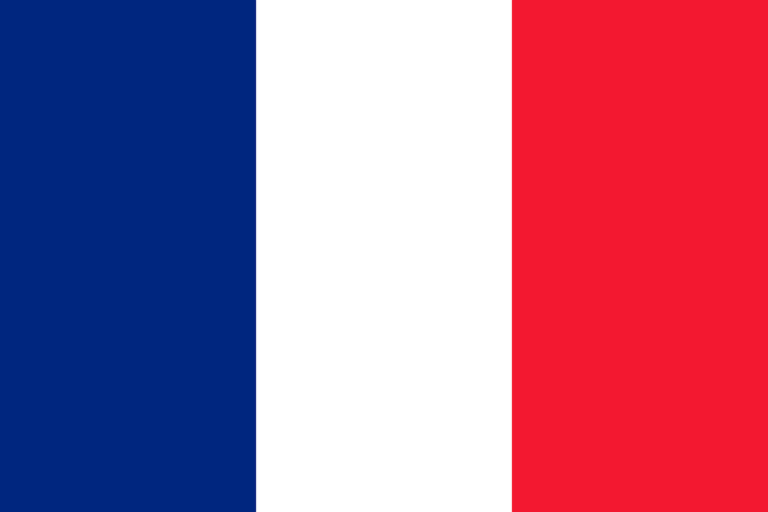Flags hold great significance in representing a nation’s history, culture, and identity. The national flag of Croatia, with its striking combination of red, white, and blue, stands as a proud emblem of the country’s rich heritage, unity, and unwavering spirit. In this blog post, we will explore the captivating story behind the Croatia national flag, tracing its origins, symbolism, historical significance, and its enduring importance in contemporary Croatian society.
Origins and Evolution:
The Croatia national flag, known as the “Flag of Croatia” or “Hrvatska zastava,” consists of three equal horizontal bands of red, white, and blue from top to bottom. The design of the flag dates back to the medieval period and has evolved over time. It has remained an enduring symbol of Croatian identity, representing the unity and resilience of the Croatian people.
Symbolism and Meaning:
The colors of the Croatia national flag carry profound symbolism. The red band symbolizes courage, bravery, and the bloodshed by Croatian soldiers throughout history. The white band represents purity, innocence, and the aspiration for peace. The blue band symbolizes loyalty, freedom, and the Adriatic Sea that borders Croatia. Together, these colors embody the core values of the Croatian people.
Historical Significance:
The Croatia national flag carries significant historical importance, representing the country’s struggles for independence and its cultural heritage. Throughout its history, Croatia has faced numerous challenges, including foreign occupations and political changes. The flag emerged as a symbol of unity and resistance during times of adversity, inspiring Croatians to persevere and preserve their national identity.
Contemporary Importance and National Identity:
In modern-day Croatia, the national flag holds great importance and is proudly displayed throughout the country. It is hoisted on public buildings, private residences, and during national celebrations and sporting events. The flag serves as a powerful symbol of Croatian pride, unity, and national identity, fostering a sense of belonging and solidarity among the Croatian people. It represents the values of independence, democracy, and the rich cultural heritage of Croatia.
The Croatia national flag plays a vital role in shaping the national identity of the country. It unites Croatians across regions and reminds them of their shared history, language, and cultural traditions. The flag symbolizes the resilience, determination, and deep-rooted pride of the Croatian people, encapsulating their collective memory and aspiration for a prosperous and unified nation.
International Recognition and Influence:
The Croatia national flag is recognized worldwide, representing Croatia’s history, culture, and contributions to the global community. It is proudly displayed at Croatian embassies, consulates, and international events, symbolizing Croatia’s diplomatic relations and its commitment to peace and cooperation. The flag’s design has also influenced various fields, including art, design, and sports, showcasing its enduring appeal and recognition on the international stage.
The Croatia national flag, with its vibrant red, white, and blue colors, stands as a powerful symbol of history, unity, and pride for the Croatian people. It represents their struggles for independence, their cultural heritage, and their unwavering commitment to preserving their national identity. The flag fosters a sense of national pride, identity, and unity among Croatians, transcending regional differences and symbolizing Croatia’s esteemed place in the world. As Croatia continues to shape its future, the national flag will remain a cherished emblem, representing the country’s enduring values and its unwavering spirit to overcome challenges and build a prosperous and inclusive nation.






